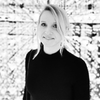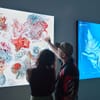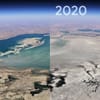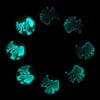Netta Laufer’s photo and video installation “25ft” shows animals close to the Israeli West Bank barrier on military camera footage. In her practice, the artist explores human-made artificial borders and their effects on fauna, flora, and the environment.
The Israeli artist Netta Laufer is one of the 14 participants in The New York Art Residency and Studios (NARS) Foundation’s group exhibition “This Is Not My Tree,” curated by Nina Mdivani. The show examines themes like belonging, border, natural habitats, and invasive species. As part of the exhibition, Netta Laufer shows her photo and video installation “25ft”. For the piece, she uses CCTV camera footage from the Israeli military. The images show animals at night close to the West Bank barrier.
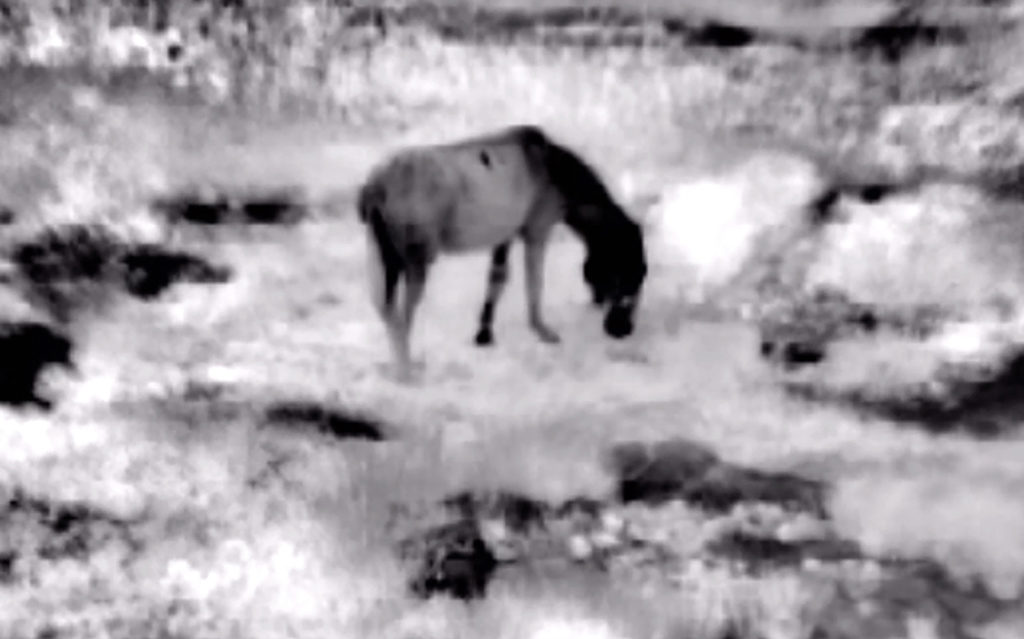
“A good friend of mine shared stories of his encounters with wild animals while watching over the Israeli border during his active military service. That inspired my thinking of natural and human-made borders.”
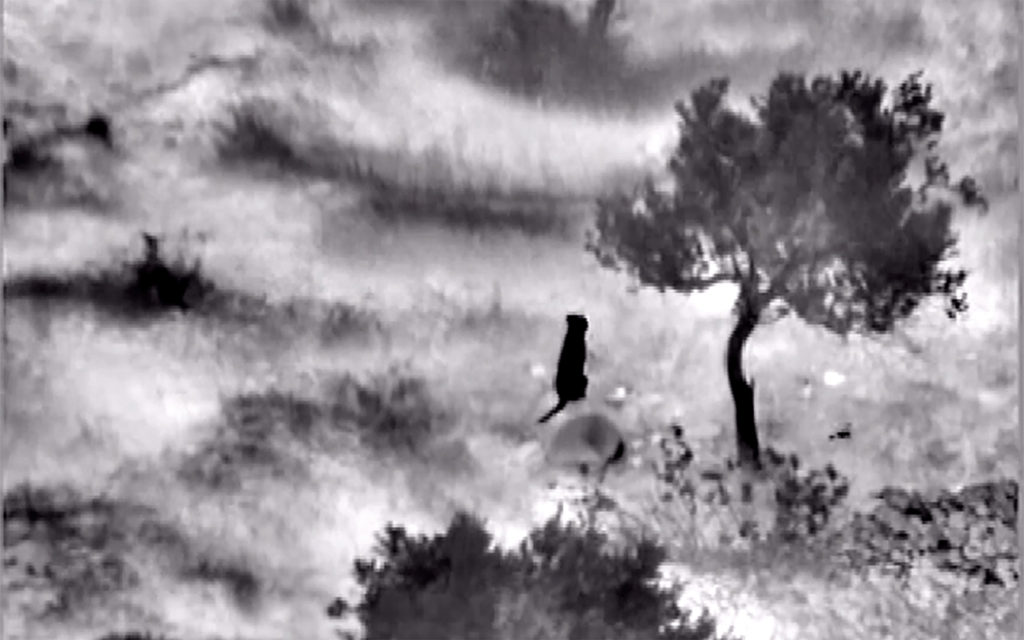
“A good friend of mine shared stories of his encounters with wild animals while watching over the Israeli border during his active military service. That inspired my thinking of natural and human-made borders and how they function and affect the environment, both physically and psychologically. The idea of “25ft” was born. The title stands for the height of the separation wall, which is eight meters (25 feet). I had a source at the military who handed me the raw footage taken at night. We had the arrangement to erase any information that reveals or references any location coordinates or specific timecodes.
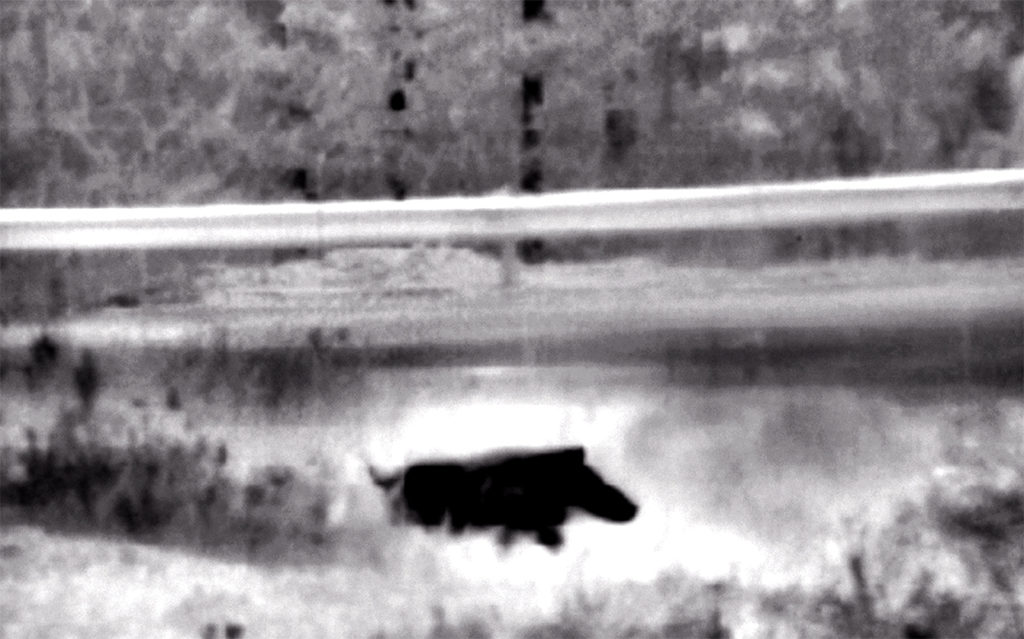
“While the animals in this surveillance footage jump over the border fence and frolic as if the contested land was a playground, it would take a death wish for a human being to do the same.”
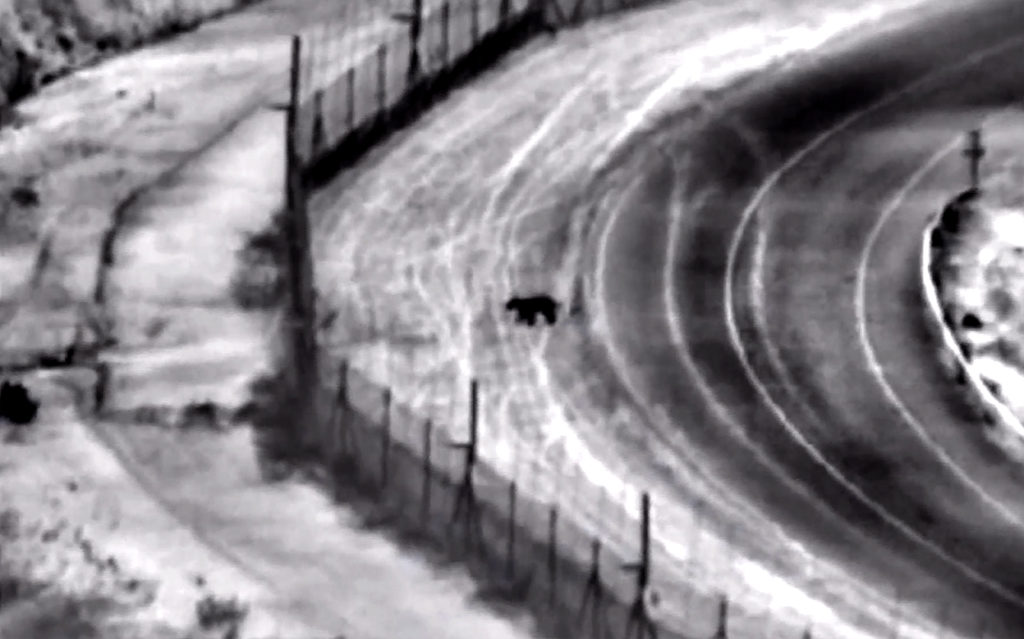
I’ve always been interested in the dynamics between humans and animals, and the more I research, the more I realize they are, indeed, inseparable. I carefully distinguish between ways in which nature and wilderness have been altered and domesticated throughout the Anthropocene. I realized that animals’ presence in guarded areas breaks the familiar tension of anticipating encounters with predators or rivals. Yet, at the same time, a primordial tension between men and other species kicks in, and a different struggle over an invasion of a territory takes place. Viewing this ambiguous and intangible imagery heightens a viewer’s uncertainty over his or her perception. My work emphasizes the parallel universe that animals live in, then works its way around the human idiocy that stems from our self-perception as the superior race that oversees and is independent of nature’s ecosystem.
The security border fence and its meaning and function (and not only in Israel) are in constant conflict with nature and fauna’s behavior. While the animals in this surveillance footage jump over the border fence and frolic as if the contested land was a playground, it would take a death wish for a human being to do the same. In that sense, the circumstances of border tension are diluted with playful animal behavior, which forms an inner conflict and challenges the integrity of the idea behind this kind of border.
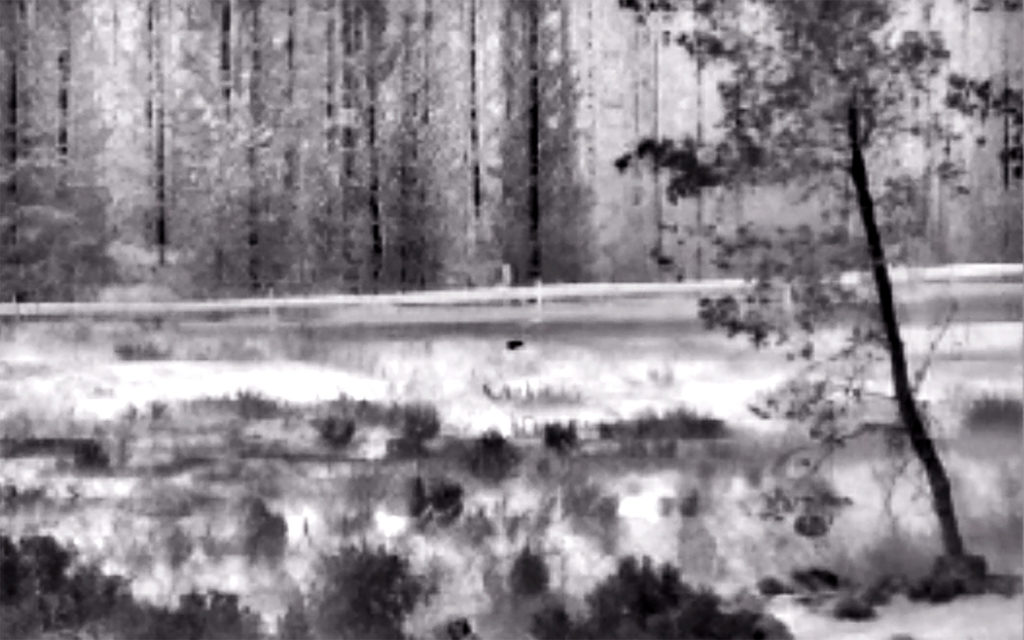
“By 2002, as I was turning 16, the government started constructing the separation wall to stop the infiltration of terrorists and create a border and physical barrier between the two states. I remember I felt torn.”
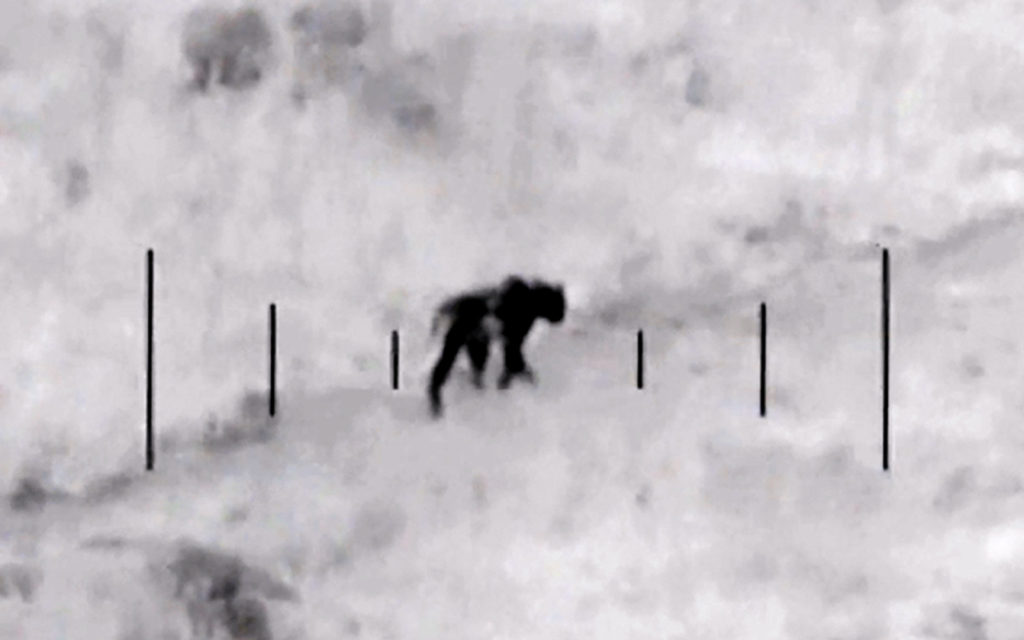
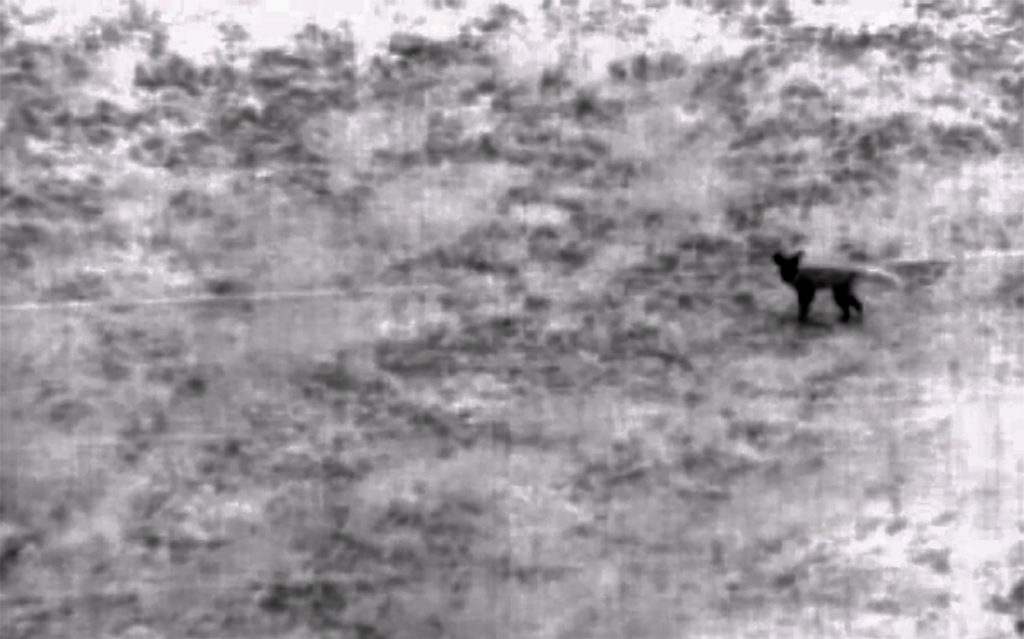
The presence of animals in the image awakens viewers to understand being human and acknowledging moral responsibilities that define good and bad. The appearance of animals throws the border’s function and meaning into question for the soldier who surveys it and the viewer in front of the work. Thus, it is doubt that threatens the integrity of the border more than anything else. I’ve been fascinated and concerned about animals and nature since I can remember. I became a vegetarian at the age of 6 and volunteered at the vet regularly. At the age of 14, I became vegan and started working at an organization against animal testing. So it was a very natural and organic move to incorporate it into my artistic practice.
I still remember the evolution of the Israeli West Bank barrier. I was an involved child and took part in a school program called “Kids for Peace.” We met with Palestinian peers and talked about the difficulties and personal experiences in this complex situation. These times brought multiple terrorist attacks on Israel, as bombs were exploding in our streets. I was personally distressed by these incidents as my brother, father, and several friends were affected by attacks in my hometown Jerusalem. By 2002, as I was turning 16, the government started constructing the separation wall to stop the infiltration of terrorists and create a border and physical barrier between the two states. I remember I felt torn.”

